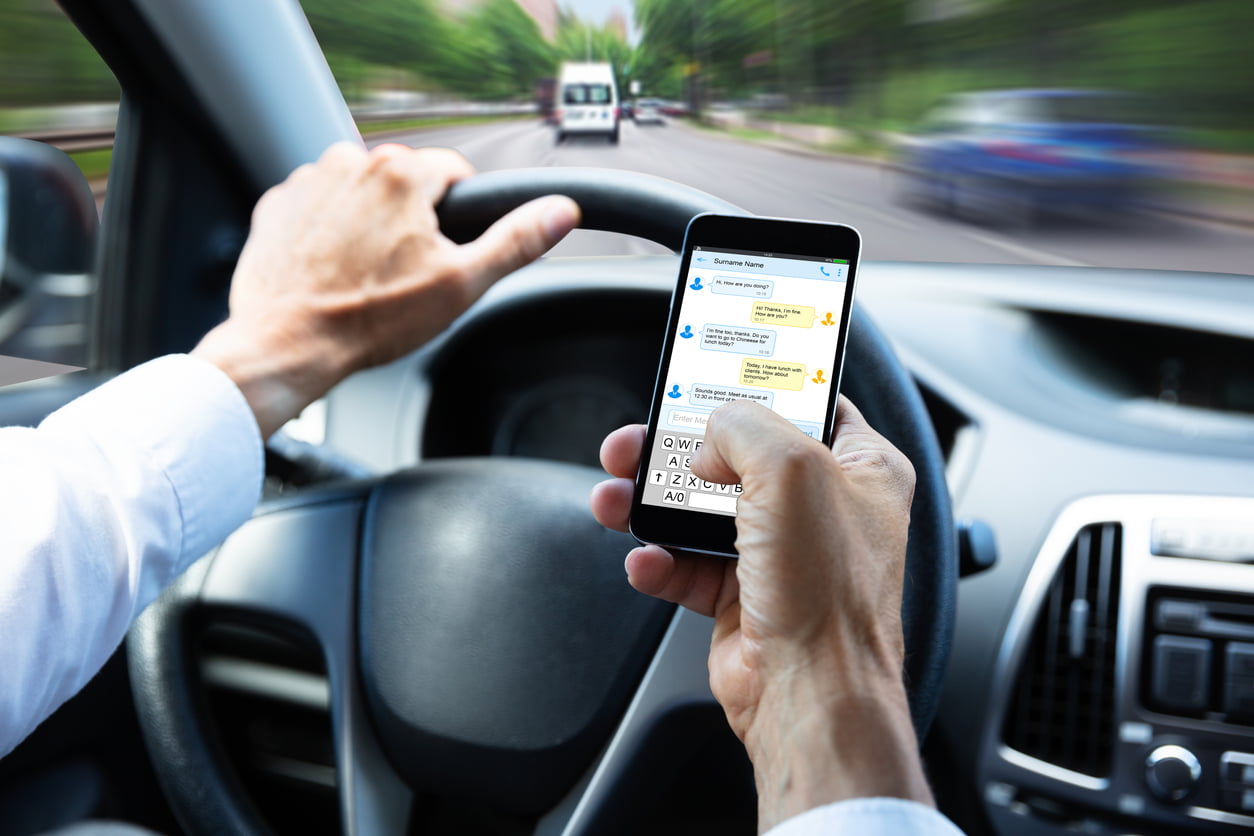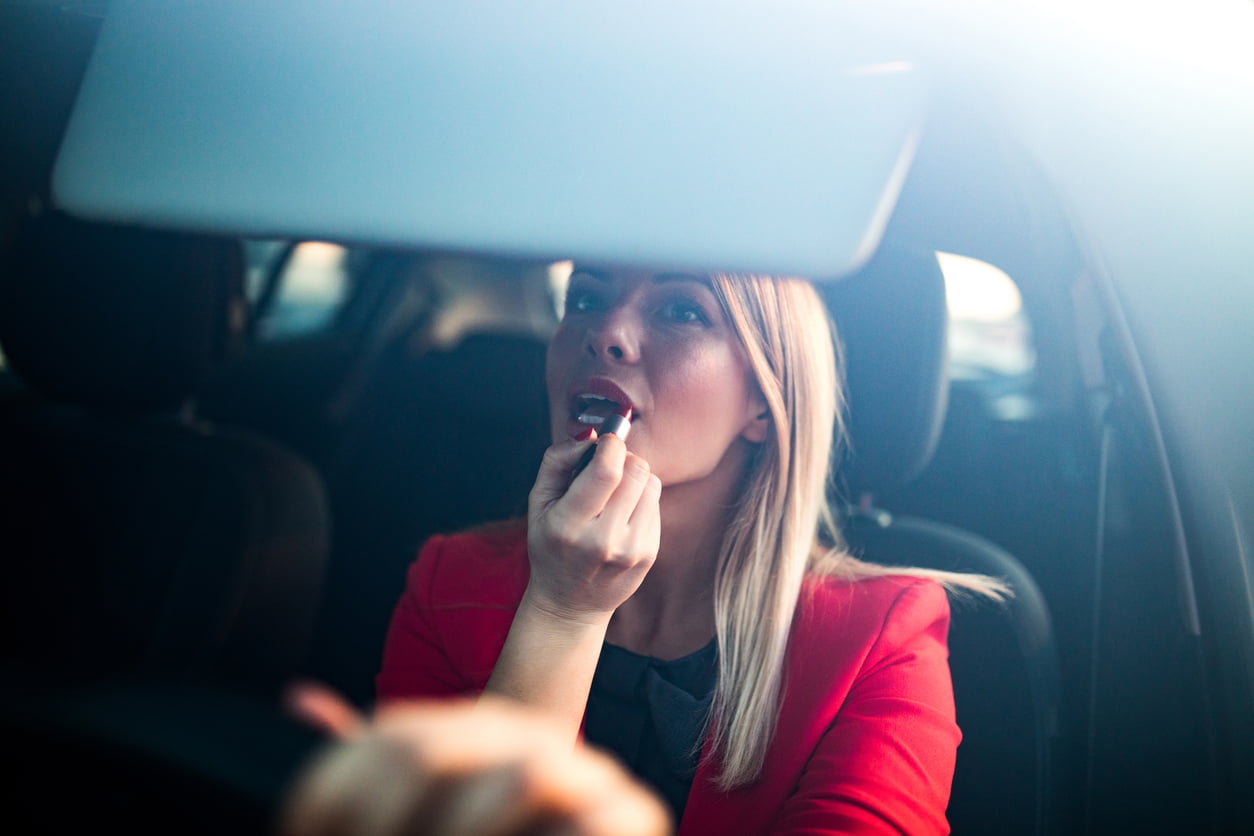With April being Distracted Driving Awareness Month, isure is here to help you stay safe when on the road. Back when Apple introduced iOS 11, a new feature called ‘Do Not Disturb’ aimed at distracted driving came with it. While nothing beats you having the self-control to avoid your phone, this feature will drastically help you to do so. If you’re looking for ways to crack down on distracted driving, set up your phone’s “Do Not Disturb” feature and read these tips to stop yourself from texting and driving.
What is the Do Not Disturb feature?
Apple’s Do Not Disturb feature is one that, as the name says, does not disturb you when you’re driving. When you have it activated, the system will detect when you are on the road and limit your distracting notifications. This works by suppressing calls, text messages, emails and other notifications that will otherwise grab your attention. The way it works is quite simple. First, your phone uses its internal accelerometer to determine how fast you are moving. Secondly, it determines your speed based on passing Wi-Fi connections. If connections go in and out of range quickly, the system picks up that you are driving. Additionally, it also uses your phone’s internal GPS to determine that you are on the road.
Now, that being said, if you’re driving and you want to be able to use hands-free driving features (like Bluetooth calls), you can. It’s a setting you can change, aimed at encouraging you to use them, while avoiding being distracted behind the wheel. If you’re a passenger in the car, you can disable the Do Not Disturb option and use the phone as you normally would. If you use Siri, you will still be able to access information, but it won’t provide you with the visual element. It is worth noting that for safety reasons, alarms, emergency alerts, and timers do not get suppressed by the Do Not Disturb feature.
Why is the Do Not Disturb feature important?
Today, distracted driving is one of the biggest issues on the road. In 2019, Ontario announced a plan for harsher penalties for distracted drivers. The existing rules are already quite severe. What it comes down to is you are 23 times more likely to be in an accident when you are distracted by your phone – even for a few seconds. In that short period of time, your risk skyrockets and you become a danger to not only yourself, but others. No text message is as important as the safety of yourself and others around you.
If you are caught driving while distracted, you will face the consequences in that moment via a fine and/or demerit points. But, the effects can be long-lasting. If you get many DD convictions, you can be classified as a high risk driver, which will increase your premiums. This is why your phone’s Do Not Disturb feature is a crucial catalyst when it comes to being a safe driver on the road.
What is a high risk driver?
When you get caught driving recklessly, whether it be speeding or distracted driving, you have the potential to be labelled as a high risk driver, as mentioned above. This is something no driver wants, as the repercussions can be drastic. As a high risk driver, you will will find your insurance premiums become a lot more expensive. On top of this, it can prove difficult to find an insurance company willing to insure you at renewal. Some things to avoid so you don’t become a high risk driver:
- Involvement in two or more accidents
- High speed or stunt driving
- Drunk driving
- Having many tickets for a variety of offences
- Having a suspended licence
How to prevent distracted driving
At the end of the day, the best way to save both time and money is to be diligent about not being distracted while on the road. There are a number of things to practice aside from avoiding your phone! In order to stay safe, it is important to also do the following:
- Limit distractions from passengers
- Do not groom yourself or apply makeup
- Always keep both hands on the wheel
- Do not eat while behind the wheel
- Keep both eyes on the road!
Remember, limiting yourself from distractions is crucial when it comes to keeping you and others safe. If you are a new driver or a high-risk driver looking for an insurance policy, inquire with one of our isure brokers. Fill out our form to get a quote!




